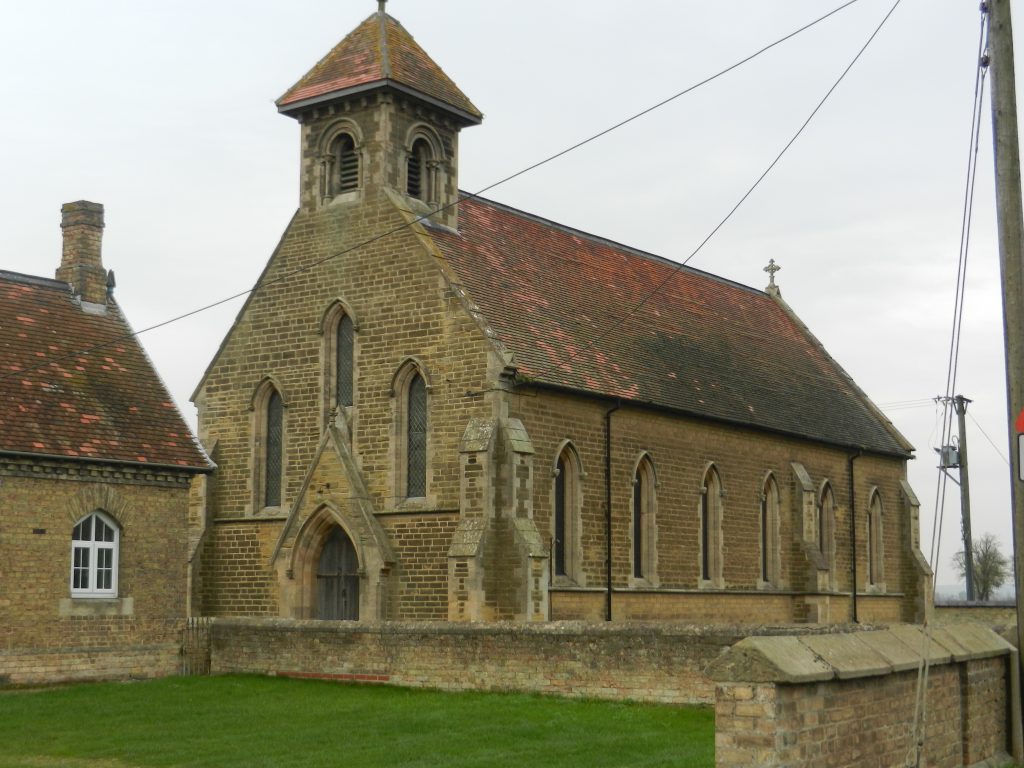
Wallingfen is the name given to the south-east ‘bit’ of the Vale of York. For the purpose of this blog it can be defined as the area bounded in the north by the pre-motorway A63 through the villages of Newport and Gilberdyke, to the south and west by the River Ouse and to the east by the base of the limestone escarpment, just west of Elloughton, Ellerker, South Cave (West End), North Cave, Hotham and Cliffe (north of the old A63). If being studied in total Wallingfen can be interpreted as extending further north to the upland out-lyer at Holme on Spalding Moor and incorporating Holme Common.
Wallingfen is a level, low-lying region, traditionally with a low density of population and few villages, exceptions being Broomfleet, Newport, Gilberdyke and Laxton, plus the settlements established along the north bank of the River Ouse, east to west, Faxfleet, Blacktoft, Yokefleet and Saltmarshe. Given these points it is an area where, when out in the fields or beside the River Ouse the silence can be almost tangible (this like Sunk Island or up on the Wolds for example). The Trans-Pennine Trail, long-distance footpath/cycleway follows the north bank of the River Ouse, this having started at Hornsea.
To the west the lowland of Wallingfen merges into the lowland of Bishopsoil, around Howden, this so-called because the Bishops of Durham had a summer palace at Howden and controlled Howden’s vast parish.
Wallingfen was crossed by the meandering, sluggish River Foulness flowing into the Humber north of Whitton Sands. From a point just north of Newport the lower part of the River was canalised to benefit the local brick-making industry and (as with the River Ancholme) to improve land drainage.
Historically Wallingfen in the East Riding of Yorkshire was a large tract of waterlogged marshes and carrs and subject to annual flooding by semi-saline water from the lower River Ouse.
(to be continued)